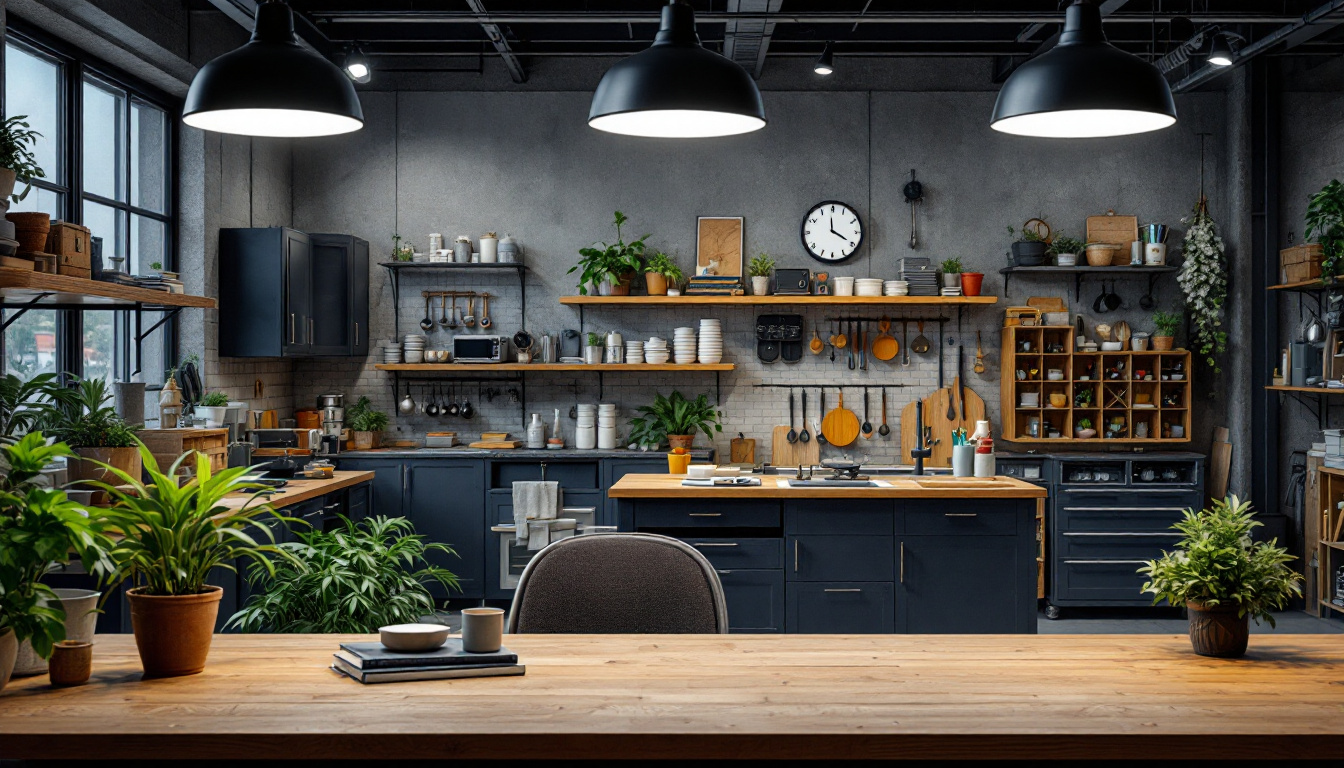
In the world of horticulture, the right lighting can make all the difference. Grow lights in greenhouses not only simulate natural sunlight but also optimize plant growth and health. For lighting contractors, understanding how to effectively train their teams in the nuances of grow lights is essential. This article delves into the key aspects of training your team to ensure they are well-equipped to handle the complexities of greenhouse lighting.
Before delving into training methods, it’s vital to establish a foundational understanding of grow lights. These specialized lights come in various types, each serving different purposes and plant needs. Grow lights are not just a simple substitute for sunlight; they mimic the natural light spectrum that plants require for optimal growth, making them an essential tool for indoor gardening and greenhouse operations.
There are several types of grow lights available, including LED, fluorescent, and high-intensity discharge (HID) lights. Each type has its unique advantages and disadvantages, making it crucial for your team to understand their applications. LED lights are energy-efficient and have a long lifespan, making them increasingly popular in modern greenhouses. They can be tailored to emit specific wavelengths, allowing for customized light recipes that cater to the needs of different plants. Fluorescent lights, on the other hand, are often used for seedlings and young plants due to their lower heat output, which minimizes the risk of burning delicate foliage. HID lights provide intense light but consume more energy, making them suitable for larger operations where high light intensity is necessary to achieve maximum yields.
In addition to these common types, there are also specialized options like ceramic metal halide (CMH) lights, which offer a full spectrum of light and are known for producing high-quality crops. Understanding the nuances of each type can help your team make informed decisions about which grow lights to use based on factors such as energy efficiency, heat output, and the specific growth stage of the plants being cultivated.
Understanding the light spectrum is essential for optimizing plant growth. Plants utilize different wavelengths of light for various processes, such as photosynthesis and flowering. Training your team to recognize the importance of blue light for vegetative growth and red light for flowering will enhance their ability to make informed decisions regarding lighting setups. Additionally, the role of ultraviolet (UV) light should not be overlooked; while excessive UV exposure can be harmful, a controlled amount can enhance plant resilience and even improve flavor profiles in certain crops.
Incorporating this knowledge into training sessions can empower your team to recommend the best lighting solutions tailored to specific plant types and growth stages. For instance, understanding the photoperiod—how long plants need light versus darkness—can significantly impact flowering and fruiting. By teaching your team about the interplay between light duration and intensity, you can help them create optimal growing conditions that maximize plant health and productivity. Moreover, keeping abreast of advancements in grow light technology, such as smart lighting systems that adjust based on plant needs, can further enhance your team’s expertise and adaptability in this ever-evolving field.
Once your team has a foundational understanding of grow lights, the next step is to implement effective training techniques. Engaging training methods can significantly enhance retention and application of knowledge.
One of the most effective ways to train your team is through hands-on workshops. These sessions allow team members to interact with different types of grow lights and understand their functionalities in real-time. Setting up a mock greenhouse environment can provide a practical learning experience where team members can experiment with light placement and intensity.
Encouraging team members to engage in problem-solving scenarios during these workshops can further deepen their understanding. For instance, presenting them with a scenario where a plant is not thriving and asking them to identify potential lighting issues can foster critical thinking. Additionally, incorporating role-playing exercises can simulate real-world challenges, allowing team members to practice their troubleshooting skills in a supportive environment. This immersive approach not only builds confidence but also encourages collaboration as team members share insights and strategies.
Visual aids, such as charts and diagrams, can significantly enhance the learning experience. Creating visual representations of light spectrums, plant growth stages, and the effects of different light types can help your team grasp complex concepts more easily.
Additionally, providing access to resources such as articles, videos, and case studies can supplement their learning. Encouraging team members to explore these resources on their own can foster a culture of continuous learning. To further enrich this experience, consider curating a digital library or an online platform where team members can share their findings and insights. This collaborative space can serve as a repository of knowledge, enabling everyone to contribute and learn from each other’s experiences. Moreover, hosting regular discussion sessions where team members can present their favorite resources or recent discoveries can stimulate engagement and inspire innovative thinking within the team.
To ensure that the training is effective, it’s important to assess knowledge retention regularly. This can be achieved through various methods that encourage team members to demonstrate their understanding of grow lights.
Implementing quizzes and assessments can provide insight into how well your team has absorbed the training material. These assessments can range from multiple-choice questions to practical demonstrations of setting up grow lights in a greenhouse environment. By incorporating a variety of question formats, you can cater to different learning styles and ensure a comprehensive evaluation of knowledge retention.
Regular assessments not only reinforce learning but also identify areas where additional training may be needed. This proactive approach ensures that all team members are on the same page and equipped with the necessary knowledge. Moreover, tracking assessment results over time can help in identifying trends in knowledge retention, allowing for targeted interventions to address specific gaps in understanding.
Creating a space for feedback and discussion can enhance the learning experience. Encouraging team members to share their thoughts on the training sessions can provide valuable insights into what works and what doesn’t. This feedback loop not only helps in refining the training program but also empowers team members to take ownership of their learning journey.
Discussion sessions can also serve as a platform for team members to ask questions and clarify doubts. This collaborative environment fosters a sense of community and encourages knowledge sharing among team members. Additionally, incorporating real-life scenarios or case studies during these discussions can deepen understanding and illustrate the practical applications of grow light technology, making the training more relevant and engaging for all participants. By facilitating open dialogue, you create an atmosphere where continuous learning is valued and encouraged, ultimately leading to a more knowledgeable and skilled team.
Training should not be limited to theoretical knowledge; practical applications are equally important. Understanding how to apply their knowledge in real-world scenarios will prepare your team for challenges they may face in the field.
Organizing site visits to existing greenhouses can provide your team with invaluable insights into the practical application of grow lights. Observing how different lighting setups impact plant growth can solidify their understanding of the concepts learned during training.
Additionally, presenting your team with real-world scenarios, such as troubleshooting lighting issues or optimizing light schedules, can enhance their problem-solving skills. This hands-on experience will prepare them to handle similar situations in their own work.
Encouraging team members to work on collaborative projects can foster teamwork and enhance their understanding of grow light applications. Assigning projects that require them to design a lighting plan for a specific greenhouse setup can challenge their creativity and critical thinking skills.
These projects can also serve as a platform for team members to showcase their knowledge and learn from one another. Presenting their findings and solutions to the team can further reinforce their learning and boost confidence.
The lighting industry is constantly evolving, with new technologies and techniques emerging regularly. Training should not be a one-time event; it should be an ongoing process that keeps your team updated with the latest trends and advancements.
Encouraging team members to pursue continuing education opportunities can enhance their expertise in grow lights. This can include attending workshops, webinars, and industry conferences that focus on the latest advancements in greenhouse lighting.
Providing support for team members to seek out these opportunities demonstrates a commitment to their professional development and ensures that your team remains at the forefront of industry knowledge.
Networking with other professionals in the lighting industry can provide valuable insights and foster collaboration. Encouraging your team to join industry associations or online forums can facilitate knowledge sharing and expose them to new ideas and practices.
Collaborating with other experts in the field can also lead to innovative solutions and improvements in your team’s approach to grow lights. This collaborative spirit can enhance your team’s effectiveness and adaptability in an ever-changing industry.
Training your team in the nuances of grow lights is essential for ensuring optimal plant growth and maximizing the efficiency of greenhouse operations. By providing a comprehensive training program that includes hands-on workshops, assessments, and practical applications, you can equip your team with the knowledge and skills they need to excel.
Moreover, fostering a culture of continuous learning and staying updated with industry trends will ensure that your team remains competitive and well-prepared for the challenges ahead. Embracing these strategies will not only enhance your team’s expertise but also contribute to the overall success of your greenhouse operations.
Ready to elevate your greenhouse operations with the best lighting solutions? At LumenWholesale, we provide contractors like you with the highest quality, spec-grade grow lights at unbeatable wholesale prices. Say goodbye to local distributor markups and hello to our extensive selection of reliable, high-performance lighting that meets the highest industry standards. With free shipping on bulk orders, you can stock up on premium lighting without any hidden fees. Make the smart choice for your greenhouse projects and experience the best value in wholesale lighting today.

Discover innovative hacks and insights for smart lighting contractors with our comprehensive guide on LED light types.

Discover the common pitfalls lighting contractors face with decorative LED light bulbs and learn how to avoid them.

Discover how 4 light LED shop lights can transform your workspace with enhanced brightness and energy efficiency.

Discover how Solar Flood Lights Walmart boost lighting contractors’ profits with cost-effective, eco-friendly solutions.